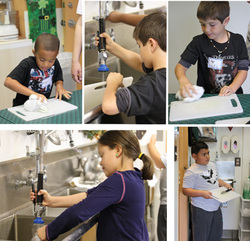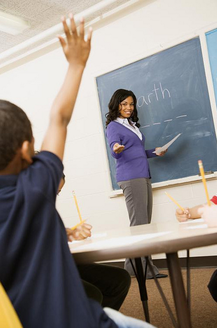Teacher Tips! (Pre-School thru High School):

I hope you glean some insight after reading these articles for educators! I update this page regularly, so come back often! I post excellent tips and solutions for common discipline challenges in your classroom!
In addition, feel free to visit my Blottblog - (just click on the tab at the top of this page) - I post blogs addressing the most common issues discussed in my classes.
If you don't find the topic you are looking for, please let me know! You can email me at [email protected].
Blessings to you!
B
What IS Love and Logic for Teachers?

Love and Logic® is a method of working with students which was developed by educational expert Jim Fay, child psychiatrist Foster W. Cline, M.D. and Charles Fay, Ph.D. Love and Logic has many tools for educators, principals and districts that promote healthy parent/teacher and teacher/student relationships and positive school wide discipline. And yes, Love and Logic works along with all other school discipline programs. It actually makes them work better!
Love and Logic HELPS educators, administrators, and counselors:
- Set limits in the classroom without anger
- Provide underachievers hope and willingness when the going gets tough
- Raise the odds for kids to stay in school
- Build strong connections between home and school
- Improve attendance
- Manage disruptive students
- Make teaching and learning more fun and productive
- Immediately handle disruptive students
- Get and keep students' attention
- Build positive student-teacher relationships
- Help students own and solve their own problems
- Bully proof children, diffuse power struggles, and handle difficult people
Love and Logic WORKS because:
- When adults take care of themselves, they hand the problem back to the student who created it.
- When the student has to solve the problem, they have to think.
- When students have to think, they learn that decisions have consequences.
- When students have to deal with consequences, they learn to think.
- When we allow the student to deal with the consequences, they learn to think before they cause a problem.
- When the student learns to ask themselves, "How is my behavior going to affect me?" they have learned self control.


